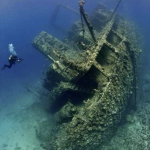A Journey Through History: Investigating the Complex Navigation Capabilities of Neolithic Boats in the Mediterranean
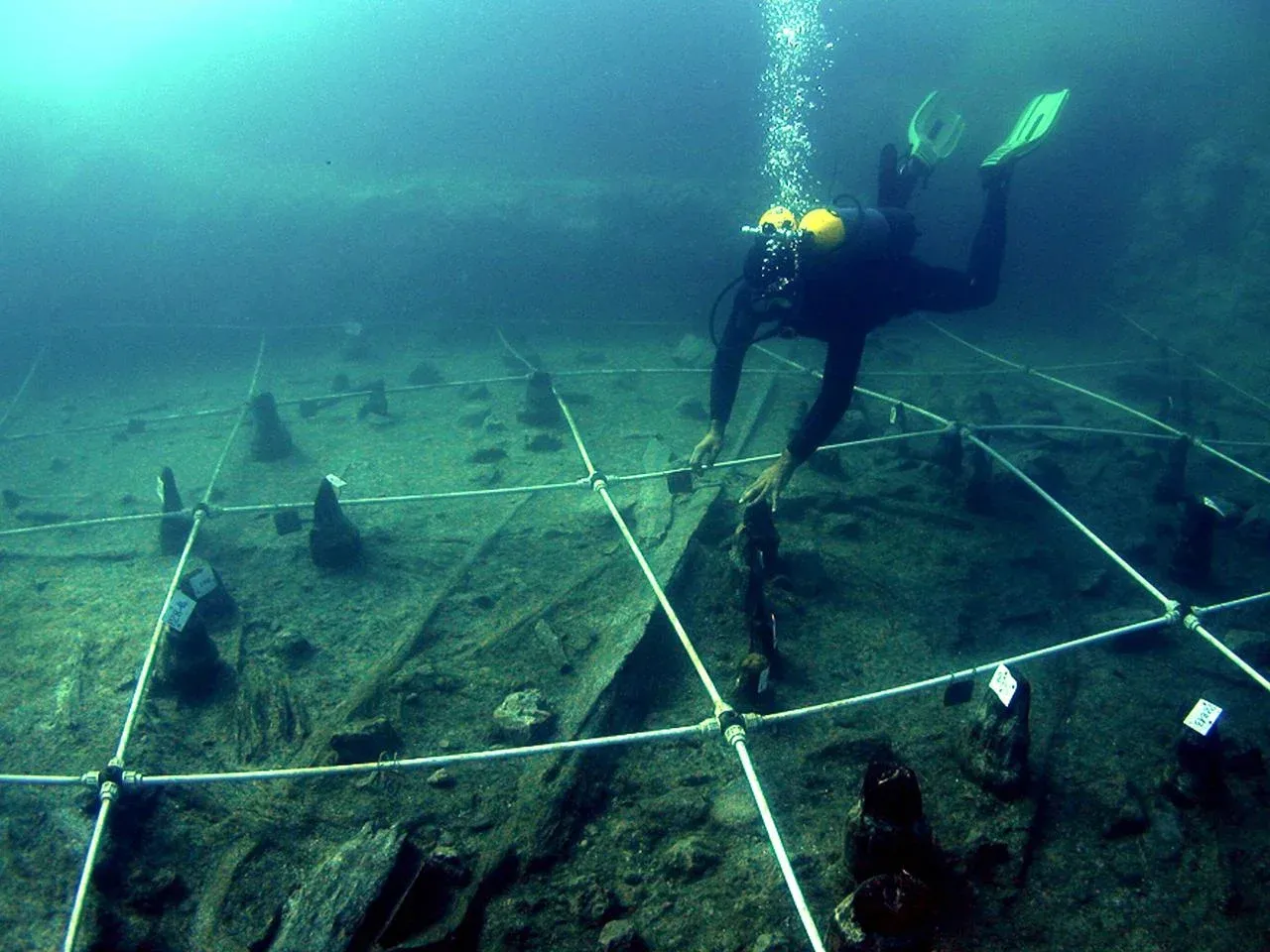
Researchers have revealed the remarkable maritime capabilities of Neolithic communities residing along the Mediterranean shores over 7,000 years ago.
Excavation of Canoe 5. Credit: J.F. Gibaja et al, PLoS ONE 2024

Led by archaeologists from the Spanish National Research Council in Barcelona, the investigation focused on the discovery of five intricately crafted canoes at the Neolithic lakeshore settlement of La Marmotta, located near Rome, Italy.
These canoes, meticulously constructed from hollowed-out trees between 5700 and 5100 BCE, showcase a level of technological sophistication previously unrecognized in prehistoric watercraft. Crafted from four distinct types of wood – Pinus sylvestris, Populus tremula, Quercus sp, Alnus sp, and Tilia sp – these vessels exemplify advanced construction techniques, including transverse reinforcements that enhanced durability and maneuverability.
One of the canoes featured three T-shaped wooden objects, believed to have been used for securing ropes tied to sails or other nautical components. The presence of stone tools linked to nearby islands further supports the hypothesis that these canoes were indeed seaworthy vessels, capable of traversing open waters.
Canoe Marmotta 1, On display in the Museo delle Civiltà in Rome. Credit: J.F. Gibaja et al, PLoS ONE 2024
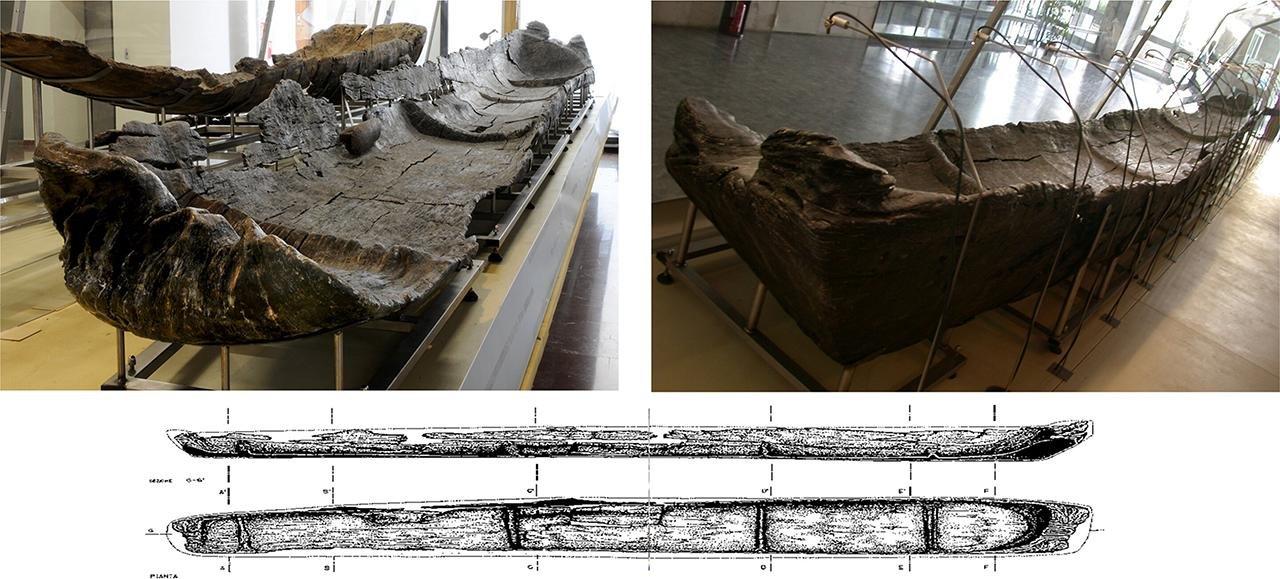
“Analysis of these boats reveals that they are built from four different types of wood, unusual among similar sites,” said Dr. Juan Gibaja, a co-author of the study. He emphasized the advanced construction techniques employed.
Moreover, the diversity of wood types used in crafting these canoes suggests a nuanced understanding of material properties among ancient boat builders. Oak, prized for its durability, and alder, known for its lightweight and resistance to cracking, were strategically utilized in the construction process.
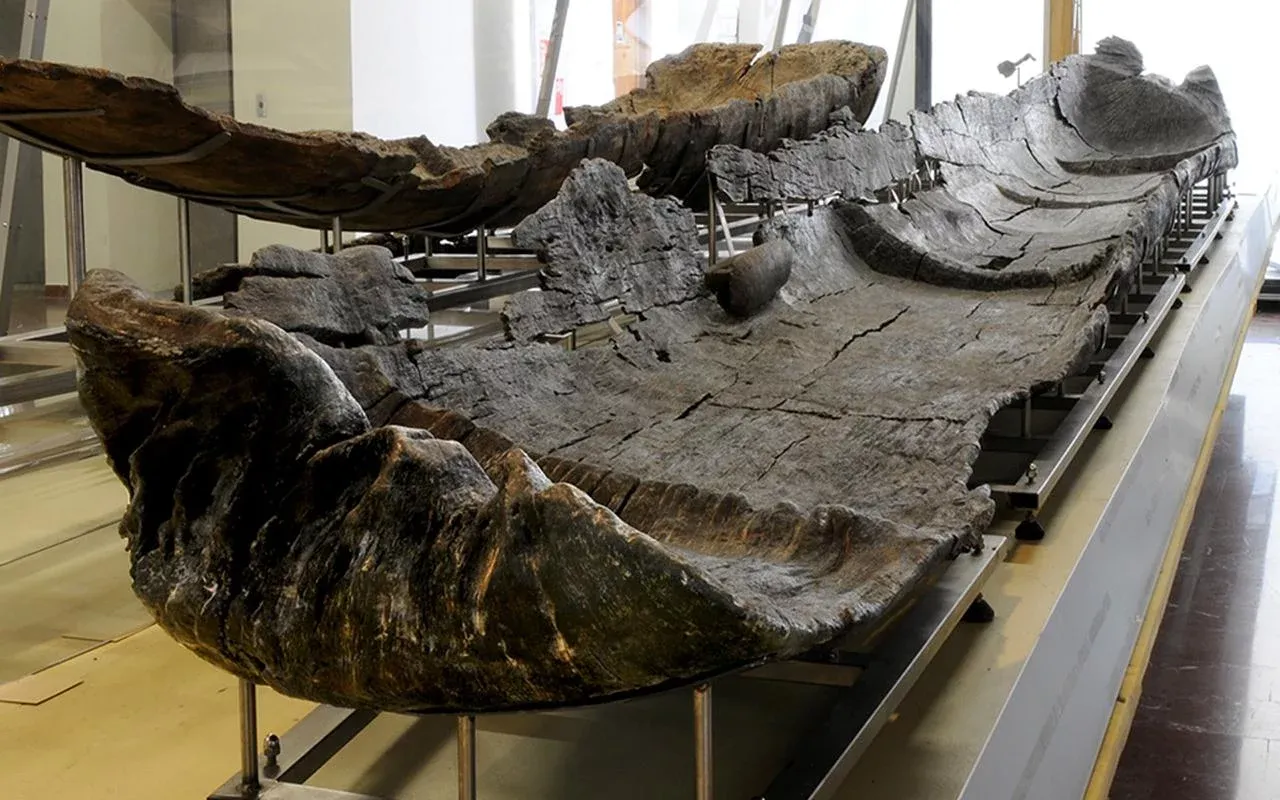
Dr. Gibaja remarked, “Similarities between these canoes and more recent nautical technologies support the idea that many major advances in sailing were made during the early Neolithic.”
La Marmotta’s submerged archaeological treasures suggest that these canoes may have embarked on voyages beyond Lake Bracciano, possibly reaching distant shores. The presence of exotic artifacts, including Greek pottery and obsidian tools from distant islands, attests to the extensive maritime interactions of Neolithic communities.
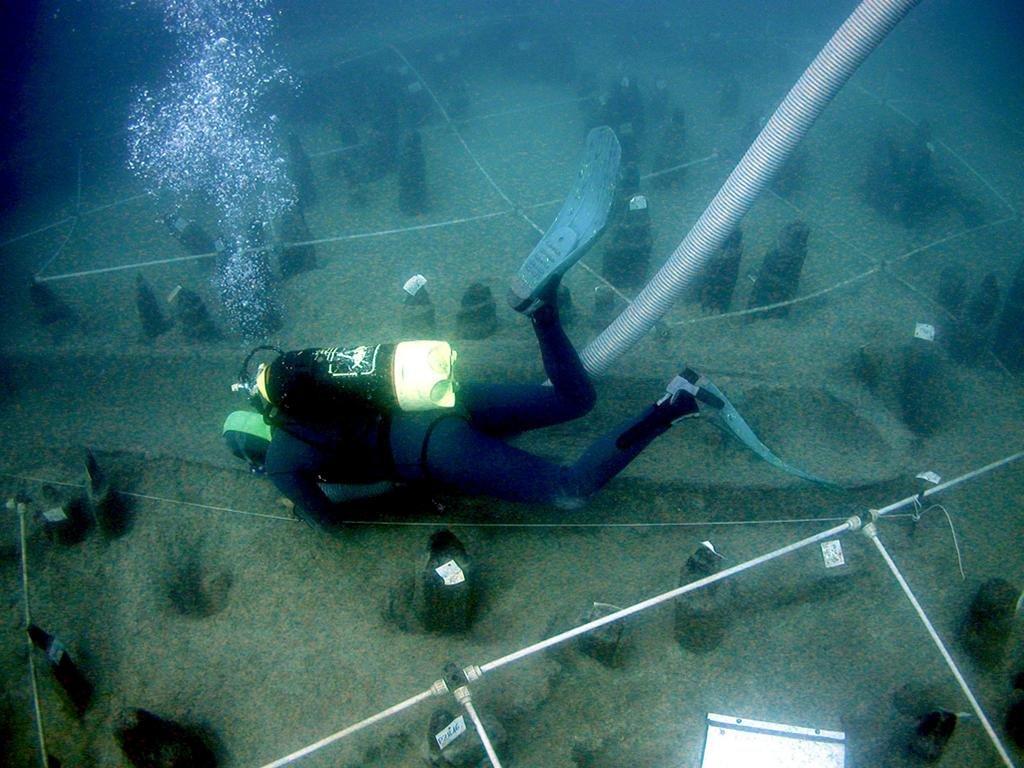
Researchers anticipate further discoveries near La Marmotta, presenting promising avenues for future exploration and understanding of prehistoric seafaring. Dr. Gibaja emphasized, “Direct dating of Neolithic canoes from La Marmotta reveals them to be the oldest in the Mediterranean, offering invaluable insights into Neolithic navigation.”
The study has been published in the journal PLOS ONE.









